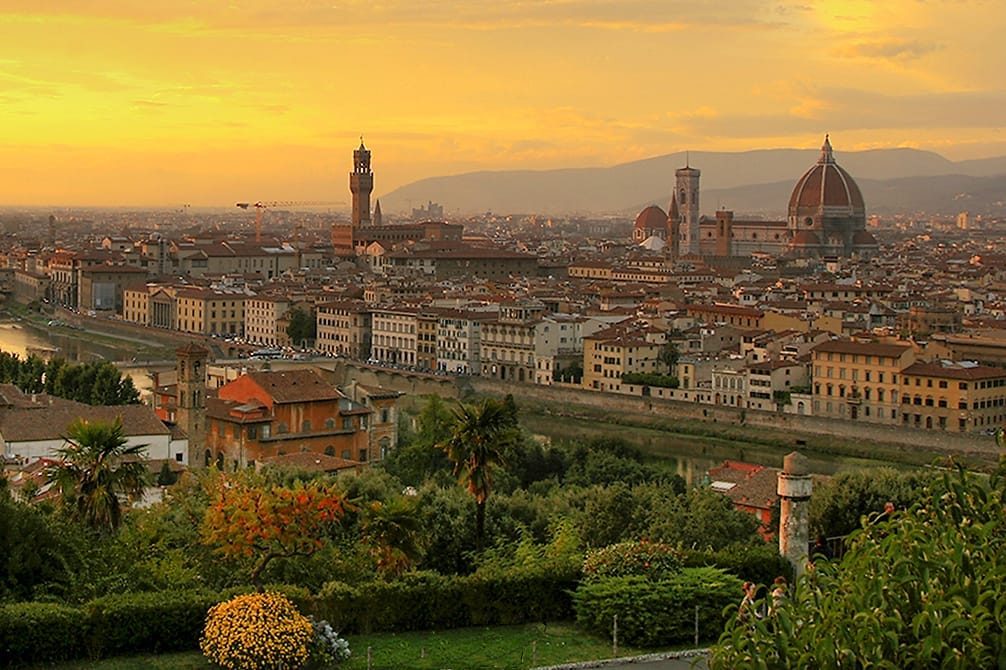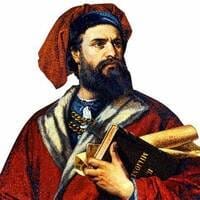The Five Forces That Sparked the Renaissance Are Reshaping Our World Today
The last time the world broke down, people rebuilt it with new ideas, new tools, and a new way of thinking. That was the Renaissance. Now it’s happening again—and this time, the outcome depends on us.
Table of Contents
The Five Forces That Sparked the Renaissance—and Are Reshaping Our World Today
Featured Art (Premium): Melissa and The Last Supper Paintings
Today’s newsletter explores how the same five forces that sparked the Renaissance—plague, money, migration, technology, and belief—are reshaping our world again, and why understanding this historical echo matters now more than ever.
In the premium version of the newsletter, we will take a dive into Florentine culture.
Most people think the Renaissance was just about art. But it was far more than that. It was a deep shift in how people understood knowledge, truth, and human potential. For centuries, Europe relied on the Church for answers. During the Renaissance, that changed. People began to turn to observation, critical thinking, and classical texts. And today, we’re standing at a similar crossroads.
The Renaissance didn’t happen at random. It came from the collision of five major forces: plague, money, migration, technology, and belief. These weren’t isolated events. They interacted, accelerated each other, and broke the medieval world open. Interestingly, these same forces are reshaping our own era.
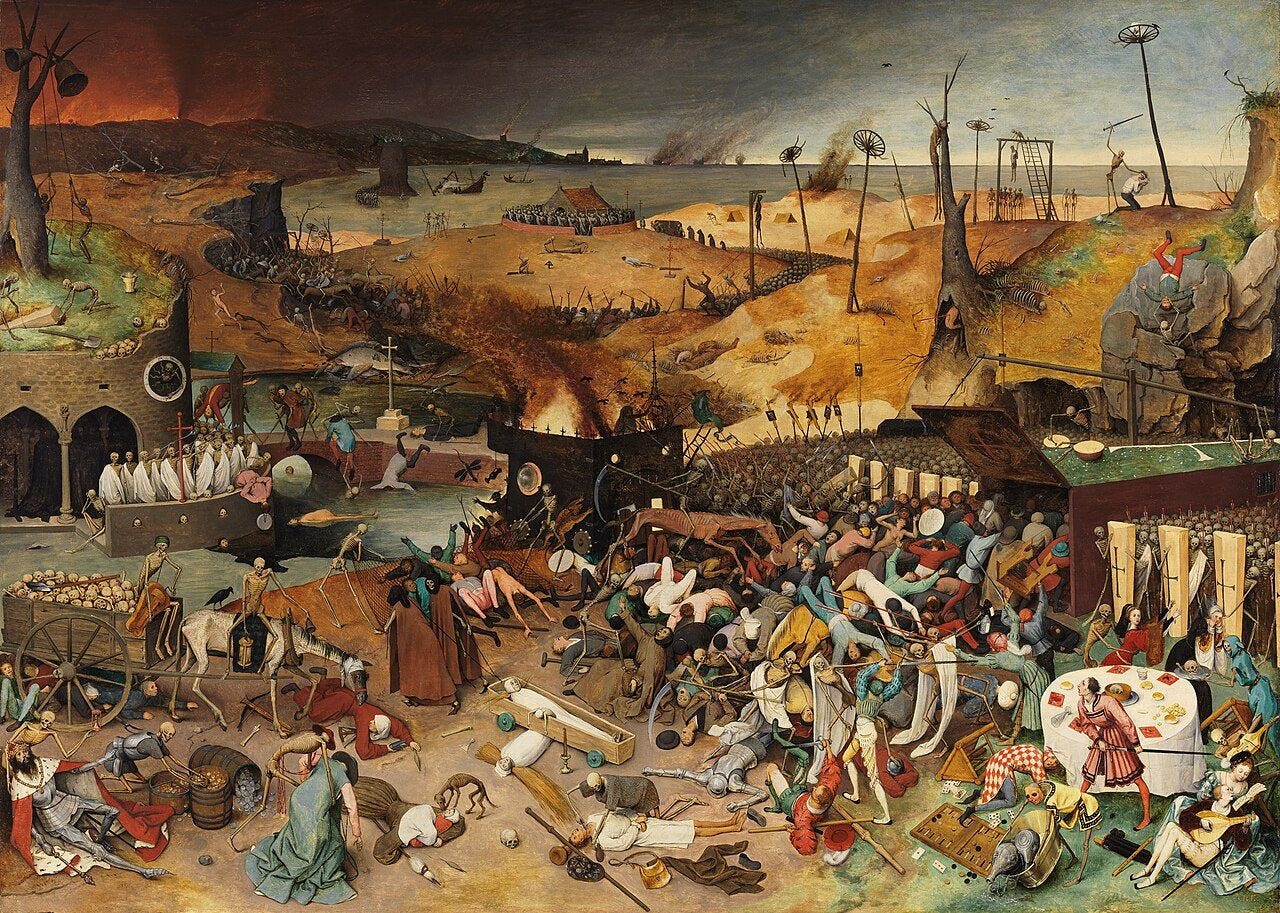
The first was plague. The Black Death killed nearly half of Europe’s population between 1347 and 1351. It was brutal, but it forced a reset. With fewer workers, labor suddenly had value. Serfs could demand better conditions. Entire social hierarchies began to shift. The devastation also sparked spiritual doubt, making people question why the Church had no answers.
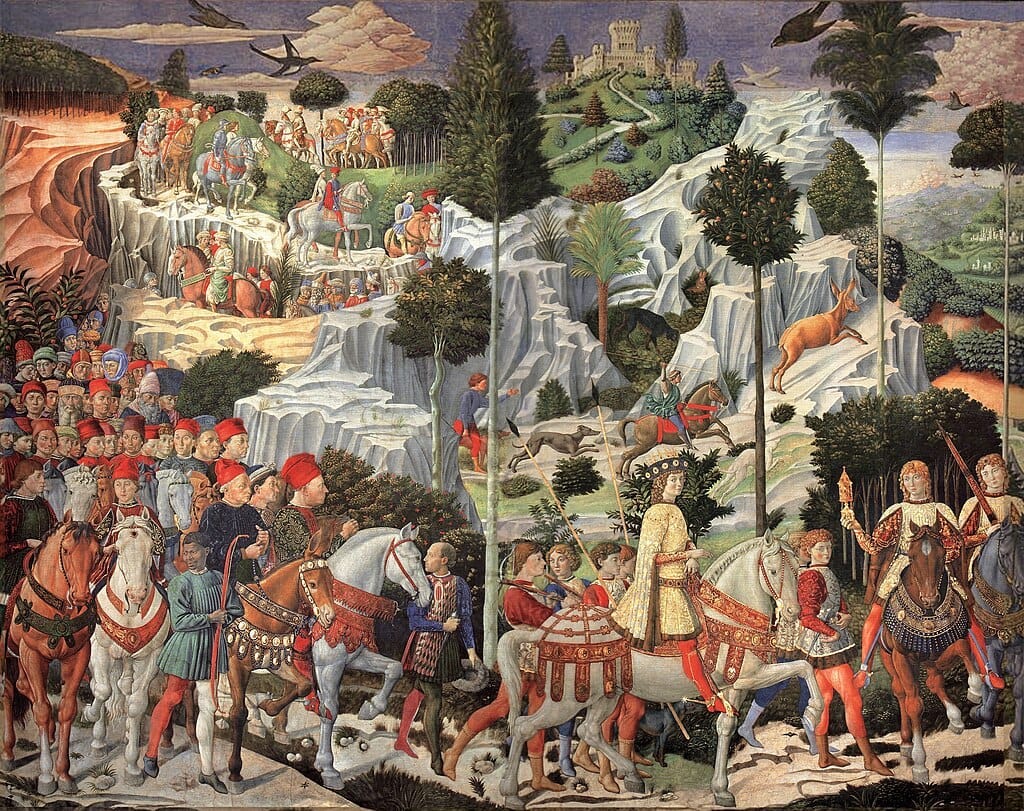
Second was money. As feudalism weakened, wealth shifted to urban centers. Merchant families in cities like Florence and Venice grew rich from trade, especially with the Islamic world. The Medici family became powerful bankers and funded many of the Renaissance’s most famous artists. Unlike the nobility, they invested in talent—not just birthright.

The third force was migration. After the fall of Constantinople in 1453, Greek scholars fled west, bringing ancient texts with them—works by Plato, Aristotle, and other classical thinkers that had been preserved in the Byzantine and Islamic worlds. This influx of knowledge gave scholars in Italy something to study that wasn’t filtered through medieval theology.
Then came technology. In the 1440s, Johannes Gutenberg developed the printing press with movable type. Books could now be produced quickly and cheaply. In just a few decades, literacy spread, and ideas traveled faster than the Church or monarchy could control. This tool supercharged every other force—it was the internet of its time.

Finally, belief. The Church had dominated European life for centuries. But the Western Schism (1378–1417), where multiple popes claimed authority, damaged its credibility. People began to explore other ways of understanding the world. Humanism emerged—not as a rejection of religion, but as a focus on human agency, ethics, and potential. Scholars studied Cicero and Seneca alongside scripture.
These five forces—plague, money, migration, technology, and belief—didn’t just coexist. They built on one another. The wealth funded artists. The migration brought lost knowledge. The press spread it. And a spiritual vacuum made people open to new ideas. Out of this came a cultural explosion—Michelangelo’s David, Leonardo’s sketches, and a new way of thinking.
Most people think the Renaissance was about art.
But it was a revolution in how people viewed the world—reliance shifting from religious authorities to seeking knowledge by observation and inquiry.
And we’re living through something eerily similar right now. 🧵
At its core, the Renaissance was a shift in how people thought. Instead of accepting authority, they tested ideas. Instead of memorizing doctrine, they explored the world. This intellectual shift led to the scientific revolution, political theory, and the modern university. It was the beginning of the modern mind.

Now look at today. We’ve just come through a global pandemic. COVID-19 didn’t kill half the population, but it exposed weak systems, accelerated tech adoption, and forced cultural change. It shifted work, education, and health care—just like the plague shook Europe’s foundations in the 14th century.
Money is shifting again. Wealth is no longer held only by institutions. Creators, coders, and independent thinkers are building followings and fortunes online. The Medici bankrolled artists; now venture capital funds startups and individuals. Cryptocurrency emerged from a deep distrust in traditional financial systems—offering a decentralized way to move money, build value, and store trust without needing banks, borders, or permission. A new elite is emerging—and it doesn’t look like the old centralized one.
Migration is reshaping culture too. Refugees, digital nomads, and remote workers are connecting across borders. Cultural exchange is constant and fast. Ideas travel with people, and global cities are now hubs of intellectual friction—just as Renaissance Italy was.
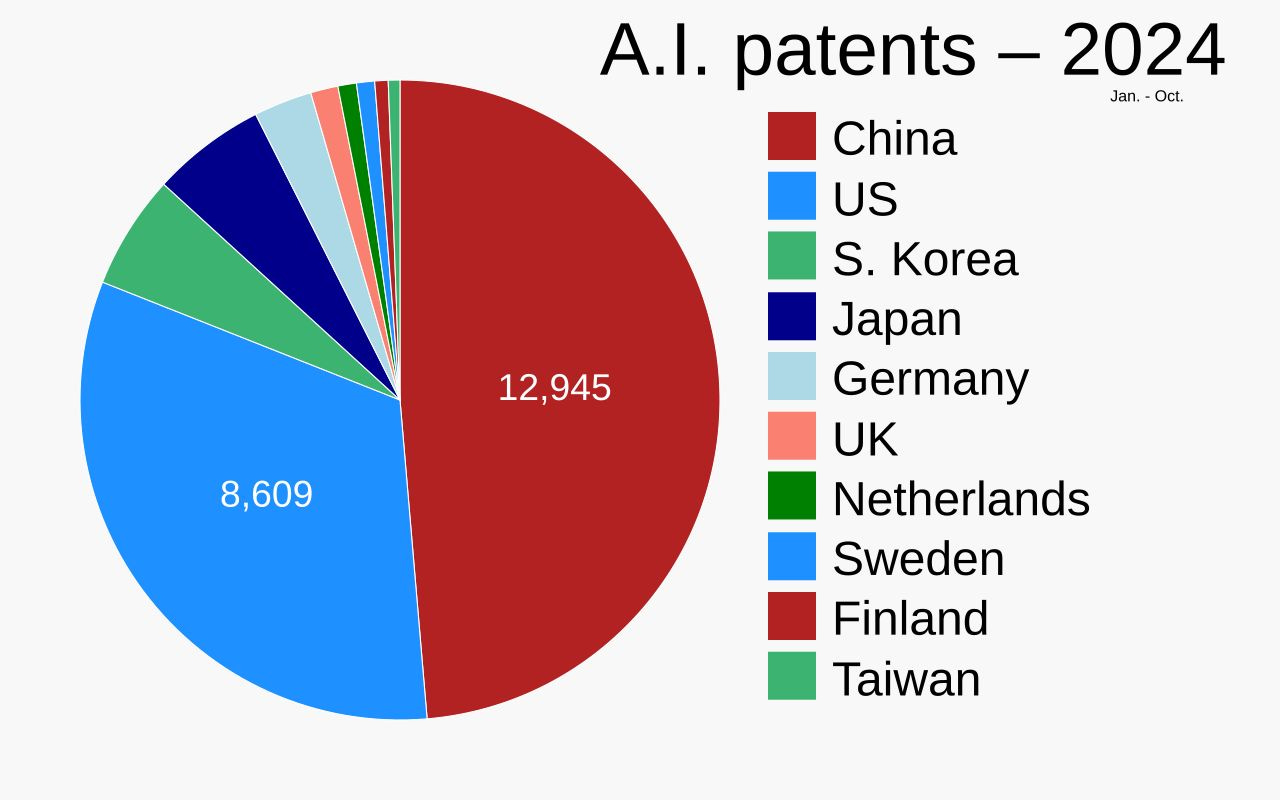
Technology is the biggest driver. AI, open platforms, and mass distribution have lowered the cost of creation. One person can produce videos, research, and software that once required an entire institution. The printing press broke the Church’s monopoly on knowledge. Today, AI is challenging the gatekeepers of expertise.
And belief? Institutional trust is in decline. Fewer people trust governments, media, or organized religion. People are searching for meaning—through spirituality, self-help, political identity, or online communities. Like in the 15th century, there’s a growing openness to new worldviews.
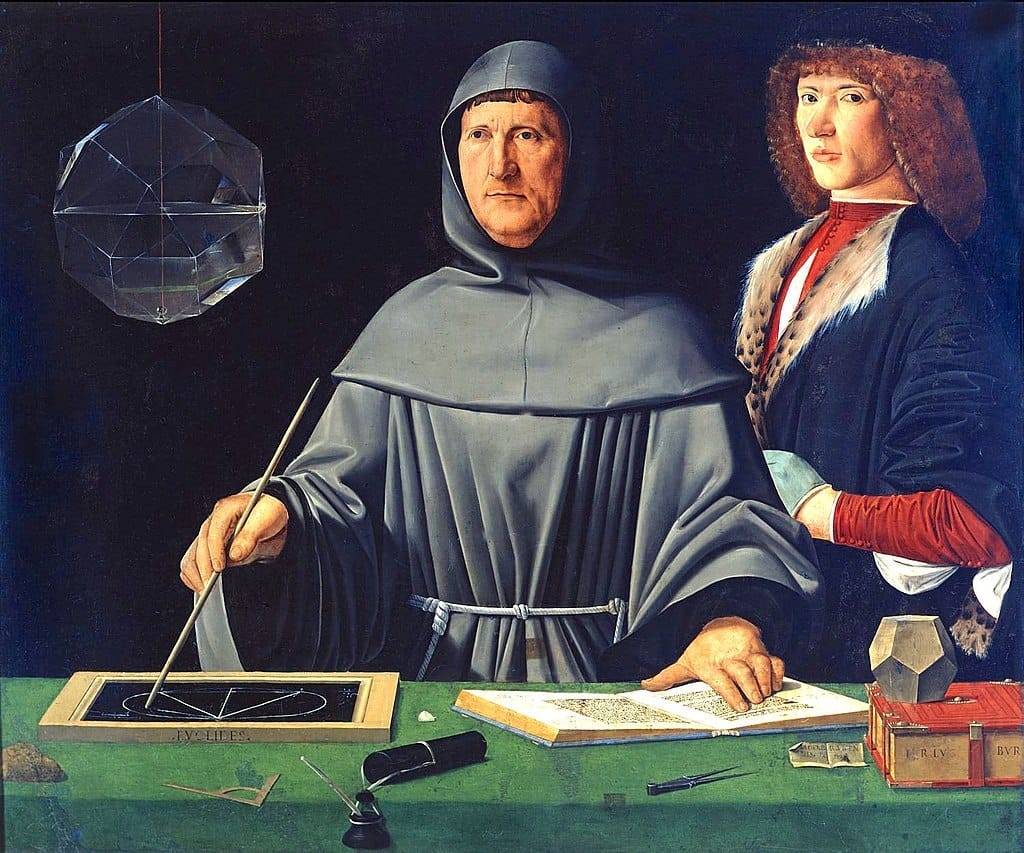
We’re not just watching history repeat—we’re living through a modern version of the Renaissance. The same pressures are in play. The same potential exists. But like the original Renaissance, this window won’t stay open forever. Eventually, new systems will solidify. The question is whether we’ll help shape them—or be shaped by them.
Understanding what caused the Renaissance isn’t just historical curiosity. It’s a guide. Those who saw the change and adapted became the architects of the modern world. And those who ignore today’s shifts risk becoming relics of the old one.
“Everyone sees what you appear to be, few experience what you really are.”
Niccolo Machiavelli
Art
The most misunderstood sculpture Michelangelo ever made…
wasn’t for the Church nor glory.It was for himself.
At 72, with no commissions and no applause—he carved his own face into stone.
And then he tried to destroy it.
There’s more to this Pietà than anyone tells you. 🧵
Keep reading with a 7-day free trial
Subscribe to The Culture Explorer to keep reading this post and get 7 days of free access to the full post archives.




